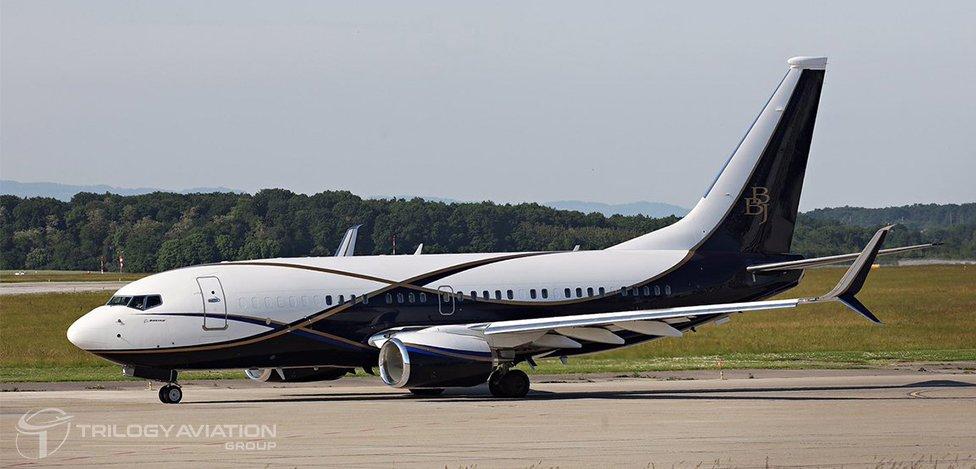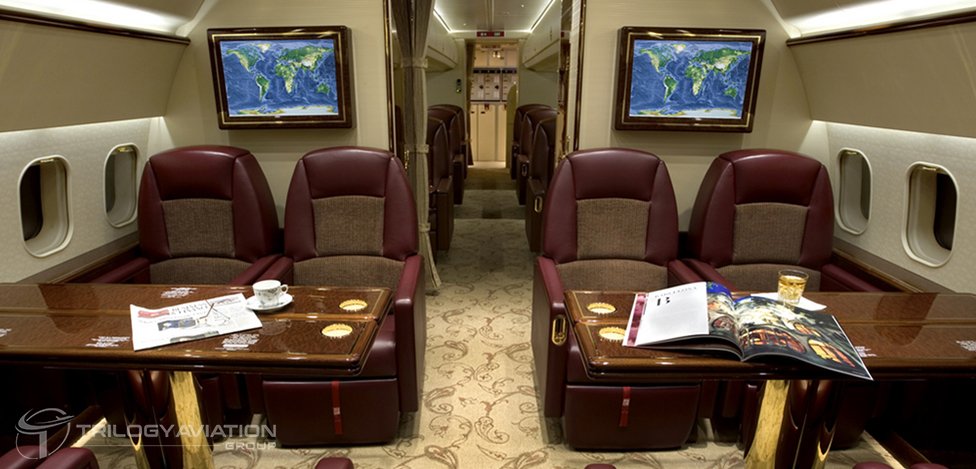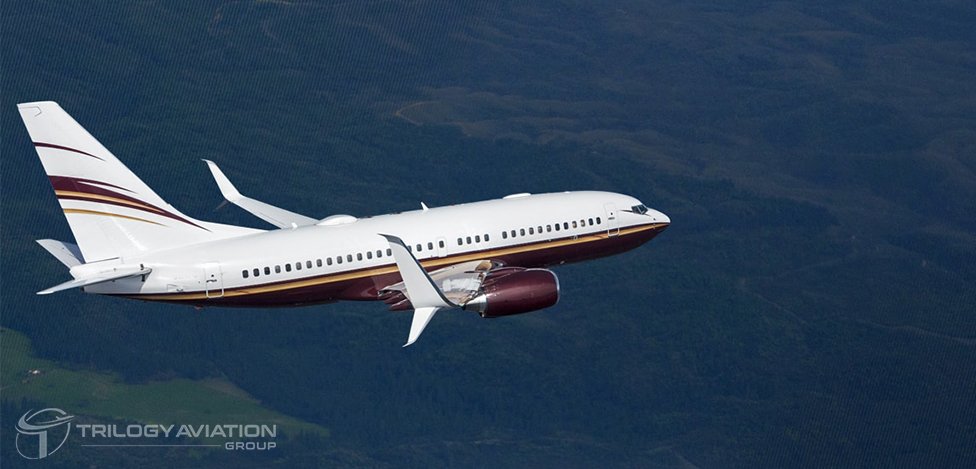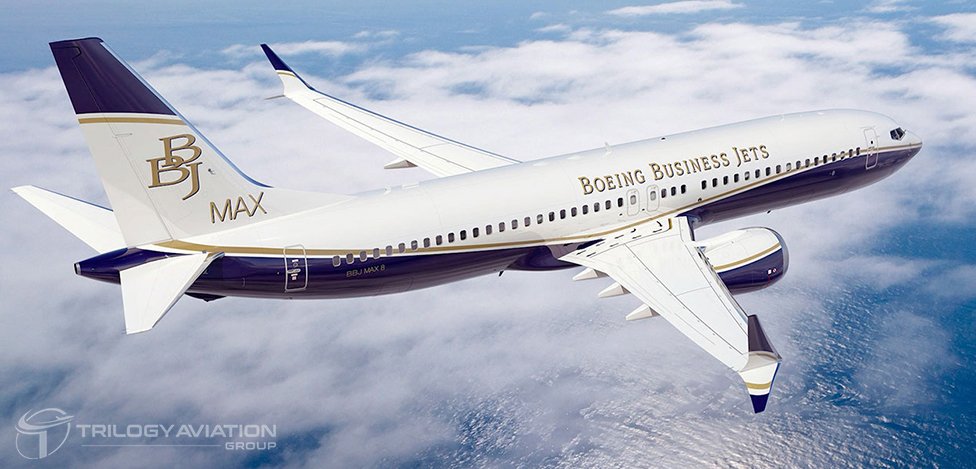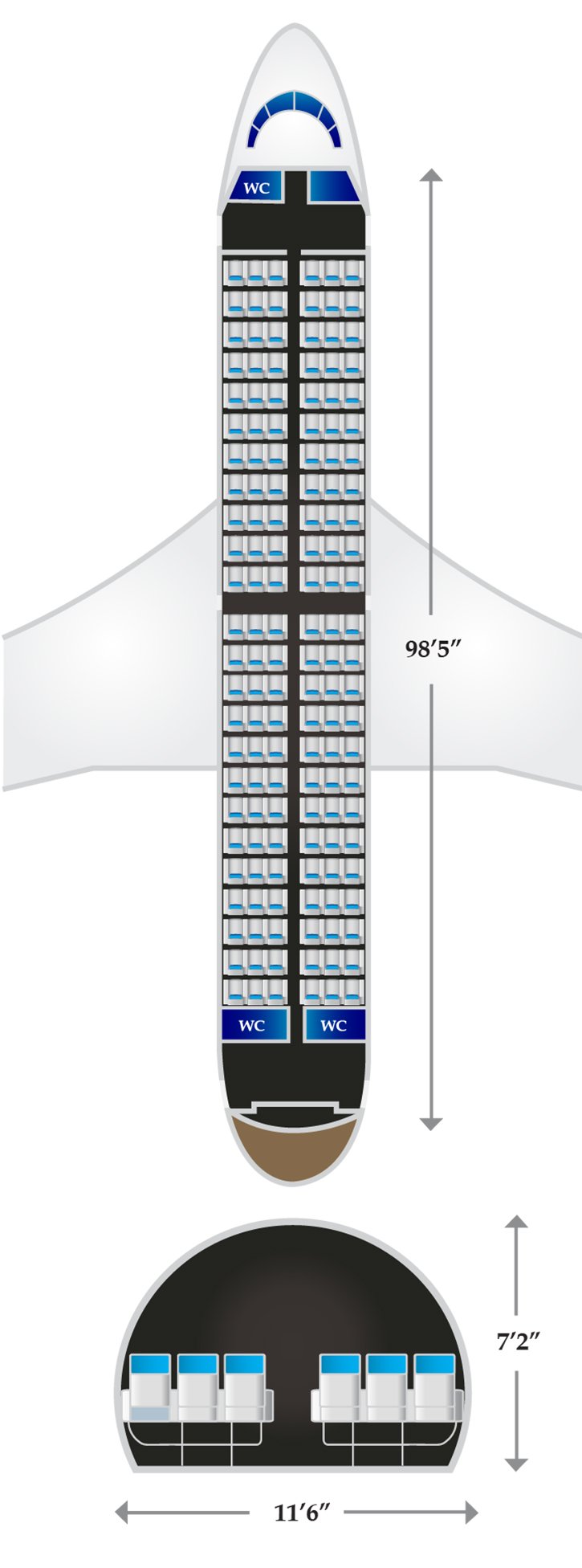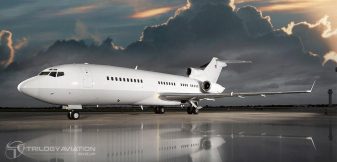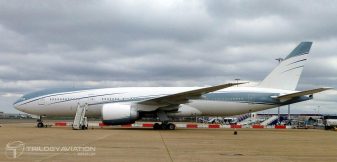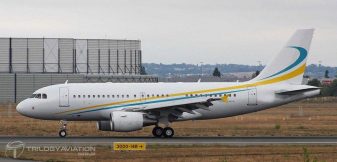Boeing BBJ 737 Specifications and Performance
The Boeing BBJ 737 stands out for its technical capabilities, blending the performance of a commercial airliner with private jet features. Its size, range, and advanced technology make it a top choice for long-haul charters and high-capacity VIP transport.
Aircraft Dimensions and Cabin Layout
The BBJ’s cabin stretches approximately 110–130 feet in length, depending on the variant and layout. With a width of around 12 feet, passengers benefit from significant interior space that can accommodate suites, lounges, dining areas, and private offices. The cabin layout is highly flexible, allowing interior designers and operators to optimize space for comfort, productivity, and group travel.
Range, Speed, and Flight Endurance
The BBJ’s maximum range exceeds 6,300 nautical miles, allowing non-stop travel between continents. Its cruising speed reaches roughly 486 knots (900 km/h), and it can maintain high-speed performance over extended distances. This endurance is a key advantage for business executives, VIPs, and diplomats, ensuring they reach global destinations efficiently and comfortably.
Engine Type and Fuel Efficiency
The Boeing BBJ 737 is powered by CFM56-7B engines, known for their efficiency, reliability, and low maintenance requirements. Advanced winglets reduce drag and further enhance fuel efficiency, allowing the aircraft to cover long distances economically while maintaining performance comparable to commercial airliners.
Passenger Capacity and Customization Options
A typical BBJ carries 19 passengers comfortably, though some configurations accommodate slightly fewer or more, depending on interior design choices. Customization options are extensive, including bedrooms, offices, lounges, and conference areas, allowing the aircraft to serve a wide variety of passenger needs—from corporate executives to VIP families or large delegations.
Technology and Avionics for Safe, Efficient Flights
Safety and operational efficiency are paramount in the BBJ. Equipped with advanced avionics, navigation systems, and autopilot technology, the aircraft allows for precise and safe operation under all conditions. Modern flight systems ensure optimal fuel management, real-time monitoring, and compliance with global aviation regulations, giving passengers and crew confidence throughout every journey.

